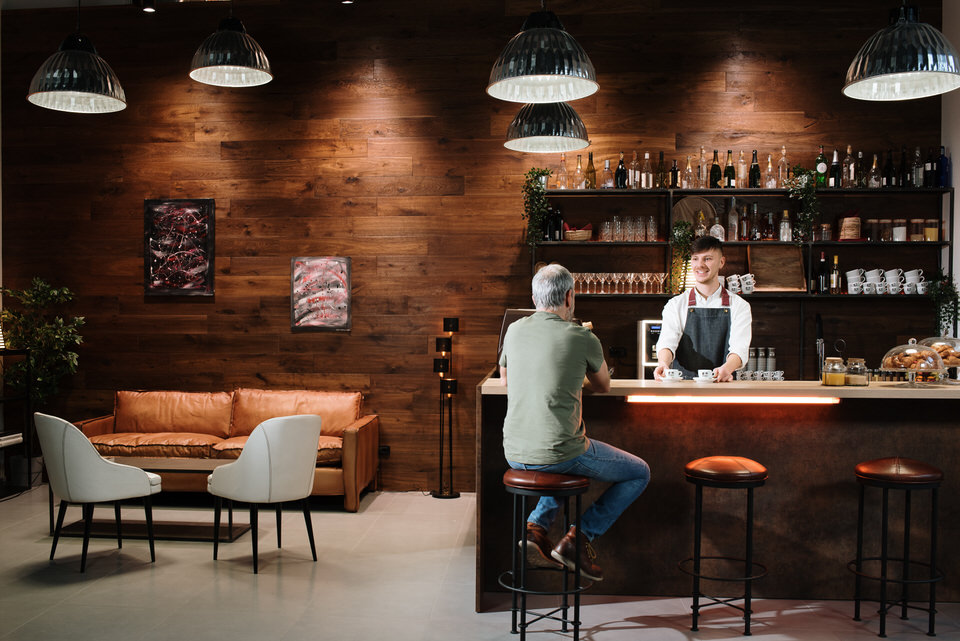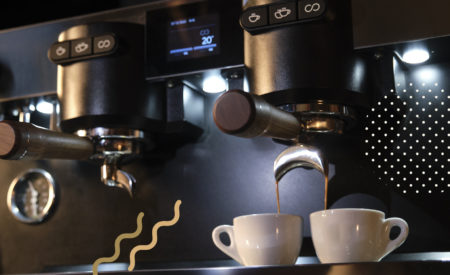The Covid pandemic has highlighted what an important role hygiene plays in our lives and how tiny actions, often overlooked, can actually have a big impact and consequences.
If you own a coffee shop or work at one, you’ll be familiar by now with all the necessary precautions that keep you and your patrons safe, but besides the obvious health implications, there are other benefits to maintain your café neat and tidy:
– It allows you or your baristas to work faster and better.
A Princeton University study discovered that the visual cortex is easily overwhelmed by objects that are in our view but aren’t relevant for the task at hand (i.e. clutter!), making it difficult for us humans to stay focused. It is a form of distraction that’s less glaringly obvious, but that still diminishes productivity.
– It makes a great impression on customers and keeps them returning.
Would you go back to a restaurant that cleans every surface with a dirty rag? We think not, so why would your patrons make an exception for you?
Because a café frequently gets busy, it’s essential to develop a habit, so you can maintain a space clean as you go, regardless of the numbers of coffees you have to serve at a given time and standards never slip up.
– It’s mandatory by law and will you save you from costly fines during inspections.
Though the specific regulations may differ from country to country, the foundations often remain the same, especially after the Covid pandemic.
Hygiene best practices at the coffee counter
While each eatery is unique and requires a custom cleaning checklist and routine, there are some key actions that are universally valid. Let’s take a look at them together:
- Keep 1 wiping cloth just for the espresso machine, where you place the cups.
- The steam wand requires another separate wiping cloth.
- You should reserve a 3rd wiping cloth just for the counter, one that never touches the coffee machine, to wipe away any spills.
- You should seal shut any container after you’re done using the ingredient (e.g. coffee beans), food should come in contact with oxygen as little as possible, then it should be stored in a cool and dry location.





